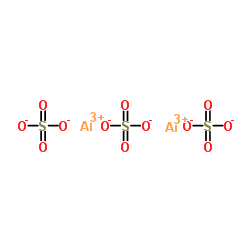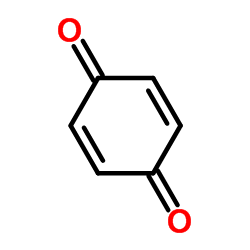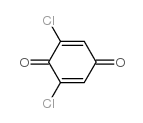| 结构式 | 名称/CAS号 | 全部文献 |
|---|---|---|
 |
硫酸铝
CAS:10043-01-3 |
|
 |
苯醌
CAS:106-51-4 |
|
 |
2、6一二氯-P-苯醌
CAS:697-91-6 |